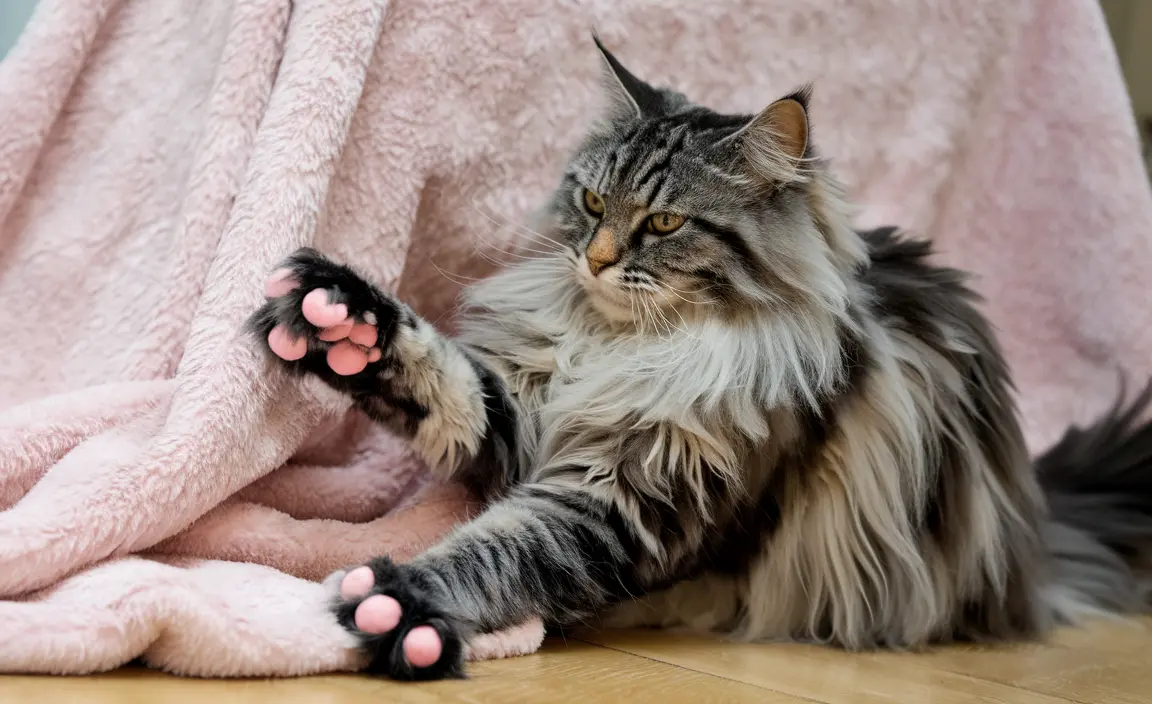When it comes to adorable feline features, few things capture pet owners' hearts quite like a cat's toe beans. These soft, squishy pads are more than just an Instagram-worthy cute detail – they're a fascinating component of feline anatomy with critical functions that help cats navigate their world with remarkable precision and grace.
From their shock-absorbing capabilities to their role in scent marking, cat toe beans are a marvel of natural design that reveals the incredible adaptability of our feline friends.
What Are Cat Toe Beans?
Cat toe beans, scientifically known as digital pads, are the soft, plump cushions located on the underside of a cat's paws. Resembling jellybeans in shape and texture, these remarkable structures come in various colors and sizes, often matching the cat's coat color. Far from being merely decorative, toe beans play a crucial role in a cat's daily life and survival.
The Anatomy of Toe Beans
Composed of fat tissue, collagen, and tough skin, toe beans are packed with nerves and scent glands. They're not just cute – they're complex sensory organs that help cats interact with their environment in remarkable ways. Each front paw typically has five toes (including a dewclaw), while back paws have four toes, each sporting its own distinctive toe bean.
The Functional Marvel of Cat Toe Beans
Shock Absorption and Movement
One of the most critical functions of toe beans is acting as natural shock absorbers. When cats leap, climb, or land from heights, these specialized pads help distribute impact, protecting their bones and joints from potential damage. This ability explains why cats can perform seemingly gravity-defying jumps with such grace and minimal injury.
Scent Marking and Communication
Interestingly, toe beans are more than just cushions – they're communication tools. Cats have scent glands in their paw pads, which they use during kneading behaviors to mark territory and communicate with other cats. When your feline friend "makes biscuits" on your lap, they're not just showing affection but also claiming you as their own!
Polydactyl Cats: The Exception to the Rule
While most cats have a standard number of toes, some felines are born with a genetic variation called polydactylism. These special cats can have six or more toes on their paws, resulting in additional toe beans. More common near historical shipping ports, polydactyl cats aren't rare and possess the same functional qualities as their standard-toed counterparts.
Do All Cats Have Extra Toe Beans?
No, not all cats have extra toe beans. The standard configuration remains five toes on front paws and four on back paws. Only polydactyl cats naturally develop additional toes and corresponding toe beans. This genetic variation is fascinating but not the norm for most feline companions.
Frequently Asked Questions
What exactly are cat toe beans and what purpose do they serve?
Cat toe beans are soft pads on a cat's paws that serve multiple functions, including shock absorption, balance, scent marking, and sensory perception.
How many toe beans does a typical cat have on its front and back paws?
A typical cat has five toe beans on front paws (including a dewclaw) and four toe beans on back paws.
What is a polydactyl cat, and do they really have extra toe beans?
Polydactyl cats are cats with a genetic variation that gives them extra toes, typically six or more, which means they do indeed have additional toe beans.
How do cat toe beans help cats with their balance, climbing, and hunting?
Toe beans provide cushioning, grip, and sensory information that helps cats maintain balance, climb surfaces, and move with exceptional agility during hunting.
Can the color of a cat's toe beans tell you anything about its coat or breed?
Toe bean colors often correlate with a cat's coat color, though this isn't a definitive indicator of breed or genetic background.






